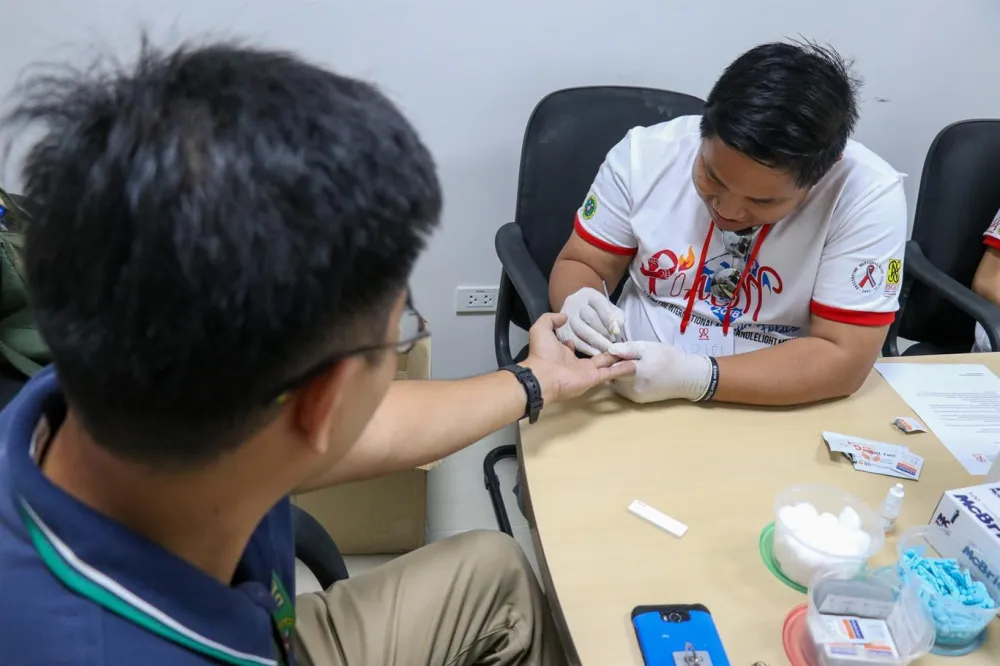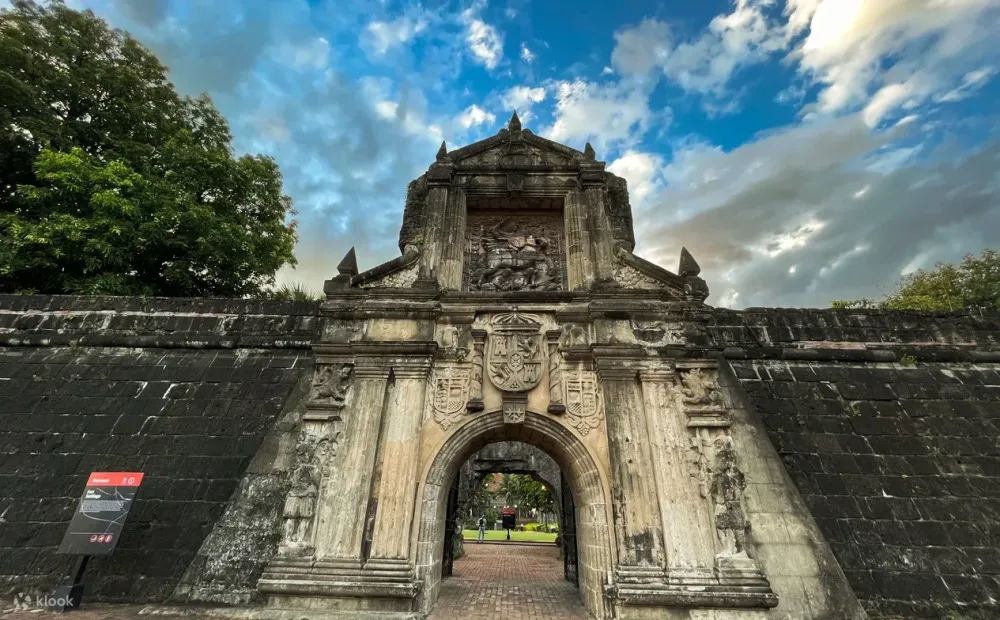Earthquake Preparedness 101: What to Do Before, During, and After

With violent earthquakes wreaking havoc across Southeast Asia recently, discussions about “The Big One” have resurfaced online, instigating worry among netizens — specifically among Filipinos, as the country is situated on the Pacific Ring of Fire, making it vulnerable to powerful earthquakes.
The Philippine Institute of Volcanology and Seismology (PHIVOLCS) recently conducted a study that projects that a 7.2-magnitude earthquake along the West Valley Fault could happen in our lifetime. This 100-kilometer-long active fault line runs along several provinces, such as Bulacan, Rizal, Laguna, and Cavite, including populated cities within Metro Manila.
“The Big One” is projected to cause widespread destruction, including the collapse of at least 168,000 buildings, and claim a total of 50,000 lives.
However, PHIVOLCS continues to remind the public that these are not predictions but scientific projections or possible scenarios, as there is no technology that could accurately predict when or where an earthquake will happen. They shared in a post that people should be discerning with the information they read online and monitor the official pages of the Department of Science and Technology (DOST) for developments and updates.
If you’re unsure what to do should a tragedy like this hit your area, don’t worry; we’ve got you covered! By taking the right steps before, during, and after an earthquake, you can minimize risks and protect yourself and your loved ones.
What to Do Before
1. Discern your location and create an emergency plan
It’s important to know where your home is located and determine whether or not it’s situated along an active fault or is prone to collapse. We recommend doing a hazard assessment via HazardHunter PH, which will analyze if your location is prone to seismic, volcanic, or hydrometeorologic hazards. You can also use the PHIVOLCS self-check tool, “How Safe is My House?" mobile application, to evaluate the safety of your home from earthquakes. You can download it for free on the App Store.
It's also important to know your emergency exit routes and safe spaces. If you’re near the water, know where the highest point is in your area. Most properties, local government units (LGUs), and barangays have disaster preparedness plans, so make sure to familiarize yourself with them and know your designated evacuation sites.
2. Locate and learn to use disaster essentials
Learn how to turn off the gas, electricity, and water in your home, and know where the first aid kit, fire extinguishers, alarms, and communication devices are stashed.
3. Prepare an emergency supply kit
PHIVOLCS suggests preparing an emergency supply kit that would last around three days (72 hours). Make sure this bag is stashed in an accessible area so you can easily grab it and go should an earthquake occur. Items you should include in your emergency pack are:
- First aid kit
- Food
- Bottled water
- Flashlight and spare batteries
- Battery-operated radio
- Whistle
- Knife
- Candles and matches, lighter
- Blankets, spare clothes, and shoes
- Rope (at least 7 meters)
- Toiletries
- Permanent marker, pen, and paper
- Emergency contact information
- Important documents
- Cash
- Medication (for those with special needs)
- Baby food (if necessary)
4. Earthquake-proof your home
Violent quakes will undoubtedly move things around. Secure heavy furniture to the walls, such as cabinets, bookshelves, and large appliances. It’s also helpful to ensure that electrical outlets and gas lines are properly maintained to prevent sparking fires during an earthquake.
5. Monitor developments and stay updated
Catch real-time updates on seismic activities by following PHIVOLCS on Facebook and X (Formerly Twitter). You can also follow credible news sources online to stay informed, as well as government agencies that often release hazard maps and preparedness guidelines.
What to Do During
If you’re indoors when an earthquake occurs, remain calm and stay where you are. Perform the DUCK/DROP, COVER, and HOLD technique. Drop down and take cover under a sturdy table. If this is unavailable, protect your head and neck until the shaking stops. Make sure to steer clear of hanging and heavy furniture such as chandeliers and shelves, and stay away from windows, mirrors, or anything that could fall and shatter.
If you’re outside, locate the closest open space free from buildings, powerlines, trees, or anything that could collapse. If you’re driving at the time of the earthquake, park to the side and evacuate the car. Steer clear of mountainsides as they could corrode, and don’t attempt to cross bridges, overpasses, or flyovers.
If you’re near the sea, find a high point and move as far away as you can from the water, for powerful quakes could cause tsunamis. Stay alert and be aware of your surroundings until the tremors cease. Always remember that you’re safety is a priority. Leave your belongings behind and ensure you get to the evacuation sites.

What to Do After
1. Check for injuries and proceed to the evacuation centers
Check yourself and others for injuries and perform first aid if needed. Prioritize children, pregnant women, persons with disabilities (PWDs), and seniors.
If medical help is required, find the nearest evacuation site or call the emergency hotline. You can find a list of National 911 emergency contacts here. Find the trunk and direct lines for your city, and make sure to have these numbers in your contact list. We recommend having a physical copy of these numbers inside your emergency kits, as saving them solely on your phone won’t be useful should the device run out of battery.
If you’re trapped somewhere, remain calm. Use a whistle or flashlight to make yourself visible to rescuers. Also, cover your mouth and nose to keep from inhaling smoke and debris.
2. Expect and be prepared for aftershocks
Earthquakes can often be followed by aftershocks, which can be as strong as the initial tremors. Remember to stay alert during this time.
If you’re inside, some infrastructure might have already been weakened by the first wave, so be careful of falling debris. If you’re outdoors, remain in an open area away from anything that could fall or collapse. Check for water, gas leaks, toxic spills, electrical and other damages. For those in coastal locations, find higher ground immediately.
3. Stay informed
Communication lines may be disrupted, which is where battery-operated radios may come in handy. Listen in for updates from authorities regarding aftershocks and evacuation orders. If you happen to have your mobile phones on you, conserve battery as much as possible and only use them for emergencies.
We hope this list has equipped you for when disaster strikes. Stay safe, folks!
Get the latest curated content with The Beat Asia's newsletters. Sign up now for a weekly dose of the best stories, events, and deals delivered straight to your inbox. Don't miss out! Click here to subscribe.




































































